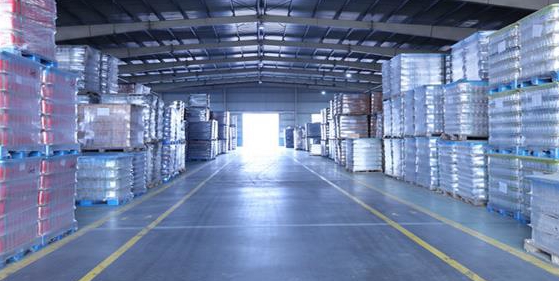The glass bottle market survey provides insight into the key drivers and constraints affecting the overall growth trajectory. It also provides insight into the competitive landscape of the global glass bottle market, identifies key market players and analyzes the impact of their growth strategies.
According to a study by FMI, glass bottle sales are projected to be $4.8 billion in 2031 with a CAGR of 5.2% between 2021 and 2031 and 3% between 2016 and 2020.
Glass bottles are 100% recyclable, making them a better environmental alternative to plastic bottles. With the emphasis on sustainability awareness, glass bottle sales will continue to rise during the evaluation period.
According to FMI, sales in the United States are set to soar, and banning single-use plastics and other environmentally friendly policies will create a favorable environment for increased glass bottle sales in the country. Moreover, Chinese demand will continue to surge, driving growth in east Asia.
While glass bottles are also increasingly used in different industries, the food and beverage industry will account for more than half of their market share. The use of glass bottles in beverage packaging will continue to drive sales; Demand from the pharmaceutical industry is also expected to rise in the coming years.
“Innovation remains the focus of market participants, and manufacturers are doing their best to cater to changing consumer preferences, from the introduction of long-neck beer bottles to ensuring greater flexibility,” FMI analysts said.
The report points
Highlights of the report-
The United States is expected to lead the global market, as it holds 84 percent market share in North America, where domestic consumers prefer and consume alcoholic beverages in glass bottles. The ban on single-use plastics is another factor boosting demand.
Germany has 25 per cent of the European market because it has some of the world’s oldest and largest pharmaceutical companies. The use of glass bottles in Germany is largely driven by the pharmaceutical sector.
India has a 39 per cent market share in South Asia as it is the second largest consumer and producer of glass bottles in the region. Class I glass bottles account for 51% of the market and are expected to be in high demand due to their wide use in the pharmaceutical industry.Glass bottles with 501-1000 ml
capacity account for 36% of the market, as they are mainly used to store and transport water, juice and milk.
The driving factor
-Driving factor-
The rising trend of sustainable, biodegradable materials in the packaging industry is expected to boost demand for glass bottles.
Glass bottles are becoming the ideal packaging material for food and beverages, increasing the demand for them in the catering industry.
The limiting factor
-Limiting factor-
COVID-19 has affected the production and manufacturing of glass bottles due to lockdowns and supply chain disruptions.
The closure of many end industries is also expected to hamper global demand for glass bottles.
Post time: Nov-12-2021
